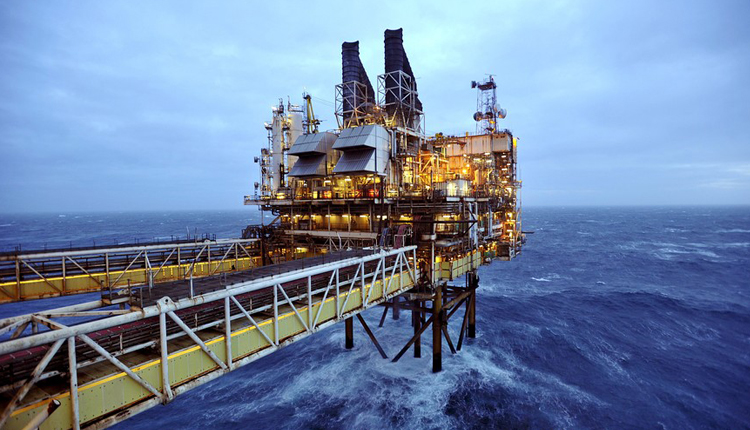Oil prices strengthened on Friday as global supplies remained tight and the market awaited news from Washington on possible new U.S. sanctions against Iran. U.S. West Texas Intermediate (WTI) crude ended Friday’s session up $1.29, or 1.9 percent, at $69.72 per barrel, the contract’s best settle since November 26, 2014.
The contract rose to an intraday high of $69.97, its best level since November 28, 2014.
Brent crude oil futures were at $74.90 per barrel, up $1.28, or 1.7 percent by 2:29 p.m. ET. The benchmark contract hit a 3-½ year closing high of $75.17 on Monday.
ANZ analysts Daniel Hynes and Soni Kumari said Brent could reach $80 a barrel by the end of this year, attributing recent strength to rising geopolitical risks and tighter global supply.
“We expect the market to tighten even further in second half 2018,” they wrote in a note to clients.
Investors are concerned that sanctions against Iran could cut oil supplies.
Trump has said that unless European allies rectify the “terrible flaws” in the international accord by May 12, he will refuse to extend U.S. sanctions relief for the oil-producing Islamic Republic.
Traders appear to be taking bullish positions in oil contracts ahead of the weekend, according to John Kilduff, founding partner at energy hedge fund Again Capital.
“There’s a lot of nervousness over the Iran situation. You can’t go home short,” he said, referring to short positions, or bets that oil prices will fall.
Iran’s foreign minister said on Thursday that U.S. demands to change its 2015 nuclear agreement with world powers were unacceptable as a deadline set by President Donald Trump for Europeans to “fix” the deal loomed.
European powers still want to hand Trump a plan to save the Iran nuclear deal next week. But they have also started work on protecting EU-Iranian business ties if the U.S. president makes good on a threat to withdraw.
“Expectations that the United States will pull out of the deal and refrain from extending sanctions relief are keeping both crude markers near three-year peaks ,” said Stephen Brennock, analyst at London brokerage PVM Oil Associates.
Iran resumed its role as a major oil exporter in January 2016 when international sanctions against Tehran were lifted in return for curbs on Iran’s nuclear programme.
Aside from security concerns, growing U.S. crude supplies are capping price gains.
Surging production in the Permian shale basin is outpacing pipeline capacity, while local refining issues have exacerbated oversupply in the region.
West Texas Intermediate crude for delivery in Midland slid for a fourth day on Thursday to hit their lowest in more than three-and-a-half years. WTI at Midland traded as much as $14 a barrel below benchmark futures.
Prices were little changed after Baker Hughes reported its weekly count of U.S. oil rigs rose for a fifth consecutive week. The number of rigs operating in American oil fields rose by 9 in the last week to a total of 834.
Source: Reuters


